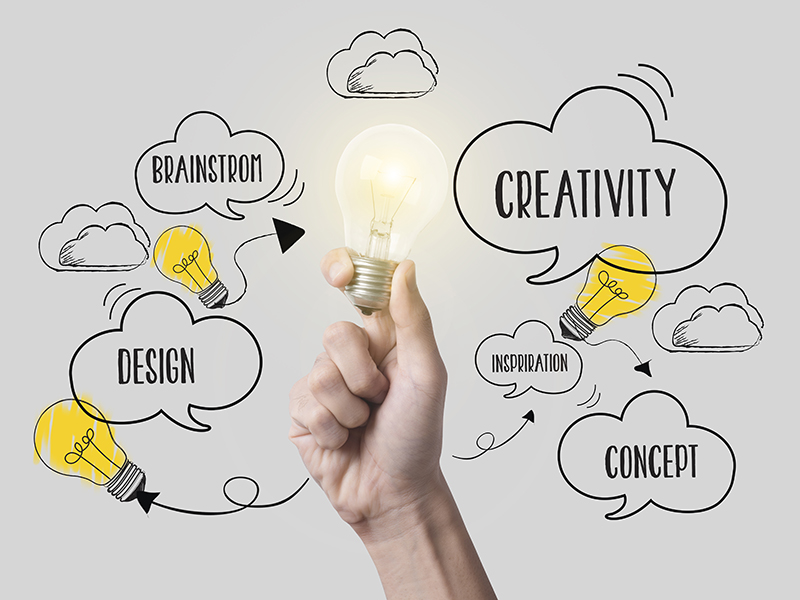
Putting Research into Practice

The importance of research when taking on a project is very important, and it was mentioned throughout this whole course. As designers, we are naturally observant, hence we may have some advantage over others – thanks to photographic memory, we can remember things we saw and ‘save’ them for future referencing. However, this should not be an excuse to skip formal research – desk research and primary research – when starting a new project.
As part of this week’s task, we had to look at different forms of design thinking processes and schools of thought that would help us in executing our final outcome for our corresponding briefs. During this past weeks, I have dedicated a lot of time in reading and going through the course’s resource material, and thanks to this, I have come across some very interesting articles. The two that struck me the most were computational design and emotion design.
Different Schools of Design
In short, computational design is a new design methodology that can produce hundreds of design outcomes to find multiple solutions at once. Traditionally, designers rely on intuition and experience to solve design problems, however, through computational design, multiple options can be generated based on the parameters and restrictions the designers set. Such a new method can make room for innovation, insight and personalisation for any particular product or outcome. Emotion design, on the other hand, is a branch of design thinking, and an extension of human-centred design. As the name suggests, it has to do a lot with how the users connect to a particular product or service. Nowadays, designers want to elicit proper emotional responses with their products that allow the user to have a positive experience. Humans are always seeking to form such emotional connections with objects in the environment. You can read more about these schools of design by clicking here and here.
It is interesting how research comes in handy. Computational design would be a great way to forecast user behaviour and A/B test app functions. Although I do not think that I would have that much time to get to that phase, should I progress into developing the app even further, and if computational design technology was readily available, it would be a very useful process indeed. That being said, emotion design is a way of thinking that can definitely be applied to design projects. As mentioned in previous posts, I came across this after watching one of the presentations in the course’s resource list. For my project, being an app that is aimed for a very wide audience, it is imperative that the design is easy-to-use. It is a question of being human-centred vs product centred. Whilst it is important that the app looks good and functions well, the overall experience should be a pleasant one also.
Emerging Concepts and Technology
Virtual Reality and Augmented Reality are always becoming more popular when it comes to Interaction Design. Although such technology is still in development – as of yet I do not see either as being fully integrated in our lifestyle, albeit we carry technology with us everywhere – they are concepts that people are seeking. It truly is the next ‘best thing’. And ever since the pandemic hit, other forms of recreation are being sought. Even public venues, including museums are tapping into such technology to re-create the virtual museum experience for people to enjoy inside their home. As I already mentioned in my blog pot regarding the emerging trends in this sector, one interesting concept is that of the museum being a meditative space. Although in the time when this concept was being explored, the museum was looked at a ‘physical space’, such a concept can easily be adapted to the virtual world. By creating such a ‘space’ the user can even switch to a tablet or even a smart ttelevision and convert any room in the house into such a ‘meditative space’ for a period of time. As stress levels are fluctuating constantly over the course of this year, new, creative and healthy ways of ‘escapism’ are much needed.
Brief Update About My Project
At this point in time, I am in the wireframing phase of the app. I will be writing more about this in the upcoming posts. The learning curve is a bit steep, as I would like to at least deliver a minimum viable product as a final outcome. Hopefully, watching some tutorials and learning more how to use Figma, will help in executing this project and help me get better at UI design in the long run.





